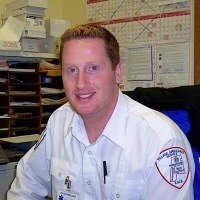EMS: Courage and Compassion in Action
 |
| Shawn Godfrey is a certified paramedic and the operations manager for the Village Ambulance Service Inc. in Williamstown. |
 |
| Shawn Godfrey is a certified paramedic and the operations manager for the Village Ambulance Service Inc. in Williamstown. |
| If you would like to contribute information on this article, contact us at info@iberkshires.com. |